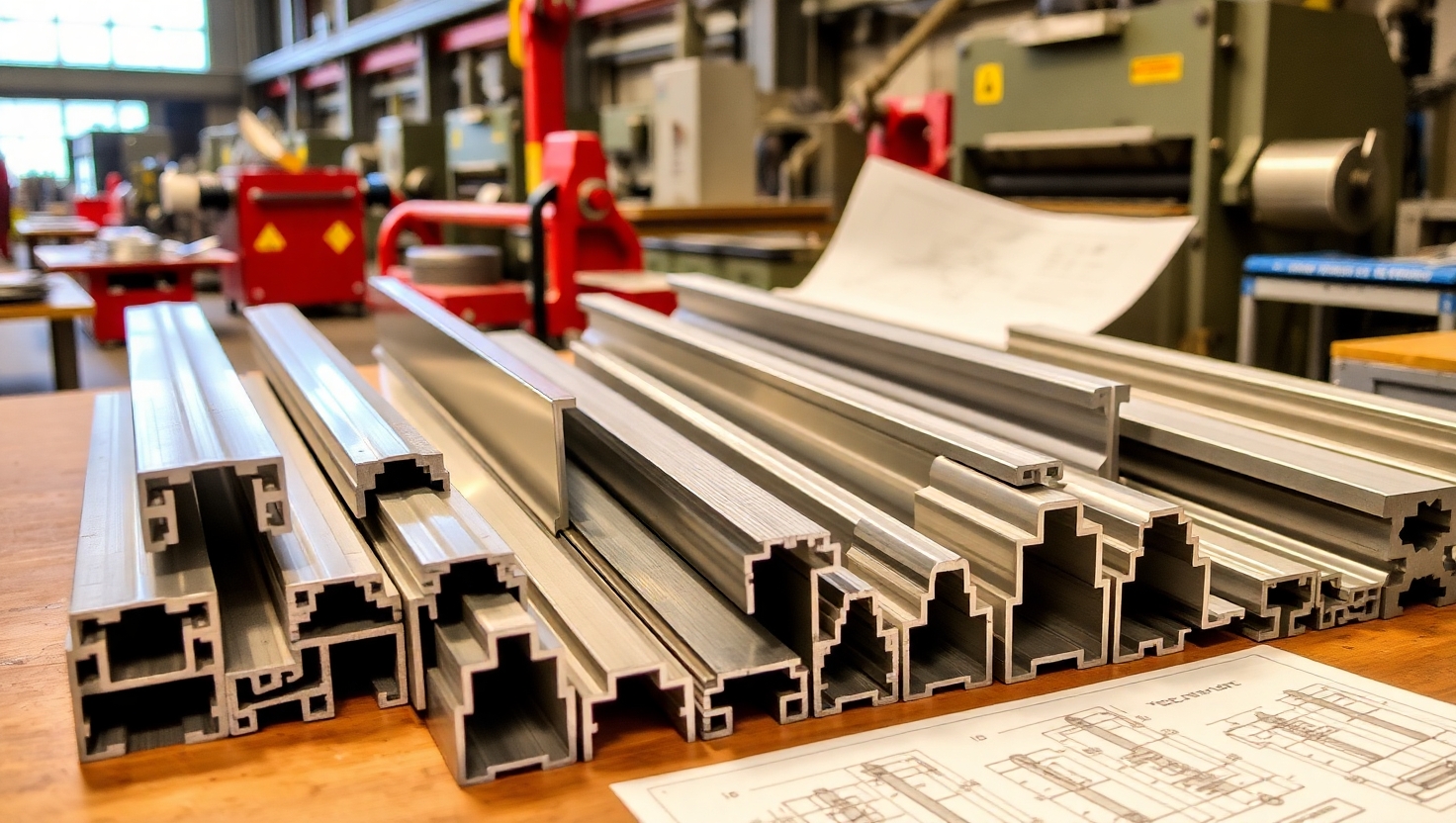Custom Aluminium Extrusion: Process, MOQ, and Cost Considerations
Published by: ALUTimes | Date: July 15, 2025
Table of Contents
- Introduction
- The Custom Aluminium Extrusion Process
- Understanding Minimum Order Quantities (MOQs)
- Key Factors That Influence Cost
- Tips for Efficient Profile Design
- Lead Times & Delivery Expectations
- Case Study: A Real Custom Extrusion Project
- Conclusion
- Disclaimer
Introduction
Custom aluminium extrusions allow manufacturers to create profiles that match exact performance, weight, and aesthetic requirements. This process is essential in industries ranging from construction to electronics, offering strength, precision, and lightweight benefits. However, getting started with custom extrusions requires understanding the complete process, from tooling to cost estimation.
The Custom Aluminium Extrusion Process
- Profile Design: Engineers and clients collaborate on the cross-sectional design, tolerances, and finishing needs.
- Die Manufacturing: Custom dies are fabricated using hardened steel to match the profile.
- Billet Selection: Alloy type is selected based on strength, conductivity, corrosion resistance, or flexibility.
- Extrusion: Heated billets are forced through the die to create long lengths of the custom profile.
- Cooling and Straightening: The extruded aluminium is quenched and stretched for straightness.
- Cutting and Finishing: Profiles are cut to length and finished with anodizing, powder coating, or machining.
Understanding Minimum Order Quantities (MOQs)
Most extrusion companies set MOQs for custom orders to justify tooling costs and production setup. MOQs may range from 300 kg to 2,000 kg depending on the profile complexity and extrusion press size.
Pro Tip: Some manufacturers offer shared dies or open dies to reduce MOQs for small businesses.
Key Factors That Influence Cost
- Die Cost: Custom dies cost ₹15,000 to ₹70,000+ based on complexity and size.
- Alloy Type: 6063 is standard, while 6082 and 7075 are more expensive.
- Profile Complexity: Multi-hollow profiles and thin-wall designs cost more.
- Surface Finish: Anodizing, powder coating, and CNC machining increase price per kg.
- Order Quantity: Larger orders reduce unit cost.
Tips for Efficient Profile Design
Smart design can reduce tooling costs and material wastage:
- Use uniform wall thickness wherever possible.
- Avoid deep, narrow cavities that increase die wear.
- Plan for extrusion-friendly shapes that cool evenly.
- Include tolerances that are achievable with standard presses.
Lead Times & Delivery Expectations
From design approval to final delivery, expect a lead time of 4–6 weeks. This includes die manufacturing (1–2 weeks), extrusion scheduling, and finishing operations. Repeat orders with the same die typically have a much shorter turnaround.
Case Study: A Real Custom Extrusion Project
A Pune-based solar panel mounting company needed a lightweight but strong aluminium channel with multiple internal cavities for wiring. They chose 6063-T6 alloy and worked with a local extrusion plant. The die cost ₹52,000, and the MOQ was 1,200 kg. The total production cost (including anodizing) came to ₹275/kg. Lead time was 5 weeks.
Conclusion
Custom aluminium extrusion enables tailor-made engineering solutions, but success depends on smart planning. Understand MOQs, pricing, and design principles before engaging with a manufacturer. Over time, having your own extrusion profile can lead to branding benefits, performance gains, and cost efficiency.
Disclaimer
This article is intended for informational purposes only. Always consult with an experienced extrusion engineer or supplier to determine feasibility and accurate costing based on your specific needs.

